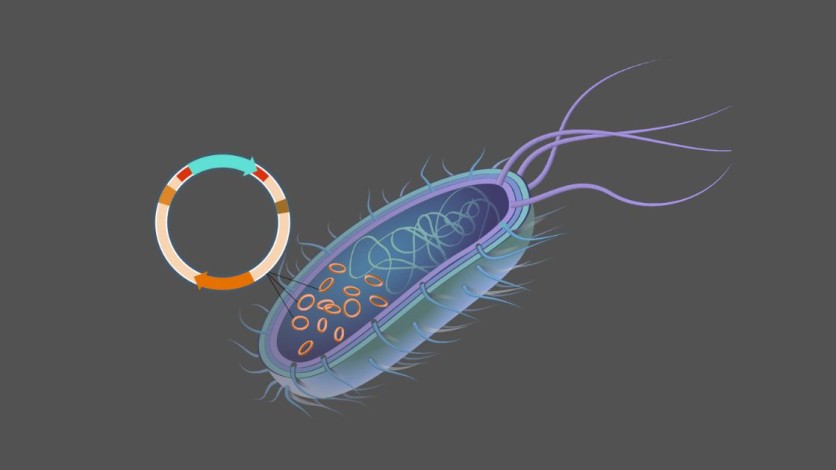In a groundbreaking discovery, scientists have stumbled upon a remarkable 'mini organ' hidden within mammalian cells, shedding light on a previously unknown aspect of cellular biology.
The recently discovered structure, known as the 'exclusome,' has generated considerable interest among scientists due to its mysterious functions and potential implications for our understanding of autoimmune diseases and cellular evolution.

Unveiling the Exclusome
Organelles, commonly regarded as the internal organs of cells, perform crucial functions in cellular processes. Among these, the exclusome represents the most recent addition to the family of organelles.
Situated within the cell plasma, IFLScience tells us that the exclusome takes an unconventional approach to DNA organization. While eukaryotic cells typically contain DNA neatly packaged into chromosomes within the nucleus, the exclusome houses its genetic material in plasmids-small, circular DNA strands that can replicate independently.
What's intriguing is that some plasmids within the exclusome originate from external sources, while others come from telomeres, protective caps found at the chromosome ends.
The presence of telomeric rings within the exclusome raises questions about their significance, particularly in the context of cancer cells.
Genetic Integrity
One of the exclusome's primary functions appears to be safeguarding the cell's genetic integrity.
Ruth Kroschewski, from the Institute of Biochemistry at ETH Zurich, describes it as a "key hygiene function" cells perform to protect chromosomes.
Foreign or redundant DNA, if left unchecked, could potentially integrate into chromosomes or lead to disruptions in cellular physiology. The exclusome, it seems, acts as a genetic bouncer, preventing these unwanted intrusions.
Autoimmune Connections
The exclusome's role does not stop at chromosome protection. Kroschewski speculates that it might also play a crucial role in cellular immunological memory.
A protein that binds DNA in the cell plasma could trigger inflammatory responses when it encounters plasmids within the exclusome. This discovery raises the possibility that the exclusome may be implicated in autoimmune diseases such as systemic lupus erythematosus.
Read Also : Plant Epigenetic Clocks: Researchers Discover Interesting Findings About Aging Biomarkers
A Glimpse into Cellular Evolution
Comparing the exclusome to the cell nucleus reveals fascinating similarities. Both contain DNA enveloped by a membrane, suggesting a possible connection to the evolutionary origin of nuclei in eukaryotic cells.
However, the exclusome is a simpler structure with gaps reminiscent of early-stage nuclear envelope formation. Kroschewski even speculates that the exclusome could represent an initial attempt at producing a cell nucleus.
Unlocking the Mysteries
While these theories are compelling, they remain in the realm of hypotheses. Scientists are eager to delve deeper into the exclusome's biological and evolutionary roles.
With further research, they hope to unlock the secrets of this newfound 'mini organ' and gain a clearer understanding of its significance.
The study unveiling the exclusome is published in 'Molecular Biology of the Cell,' marking a significant milestone in our exploration of cellular biology.
Stay posted here at Tech Times.
Related Article : [STUDY] Food Packaging Plastic Entering Brain Could Increase Neurodegeneration Risks, Claim Experts!





